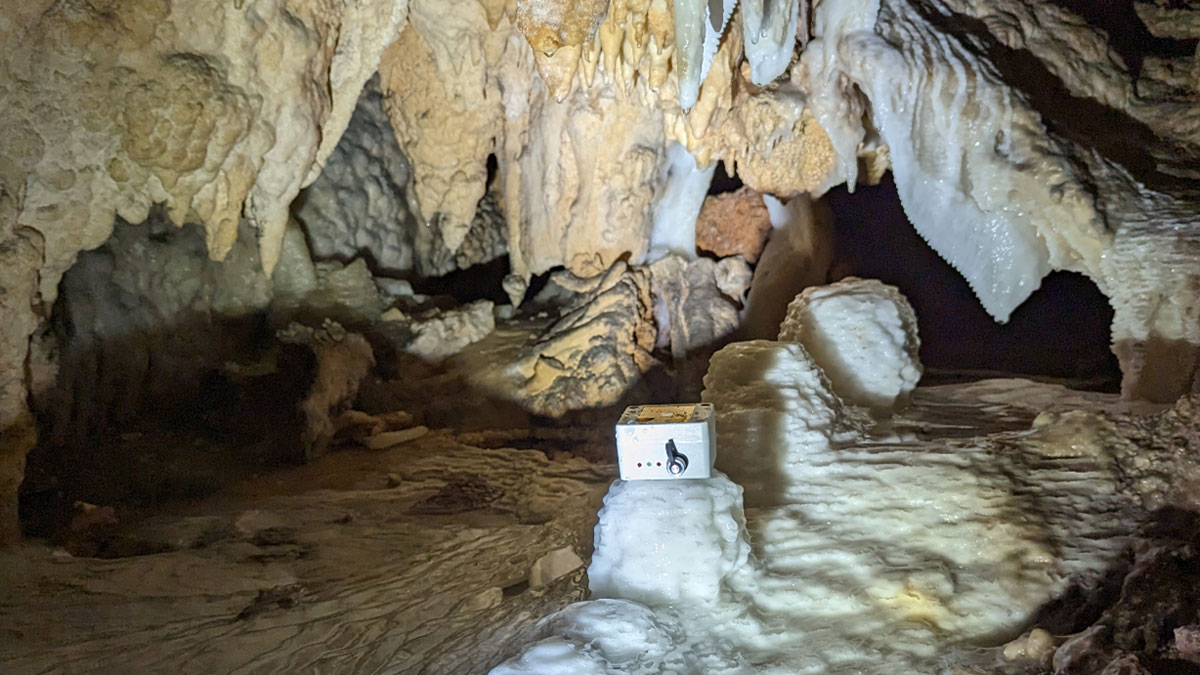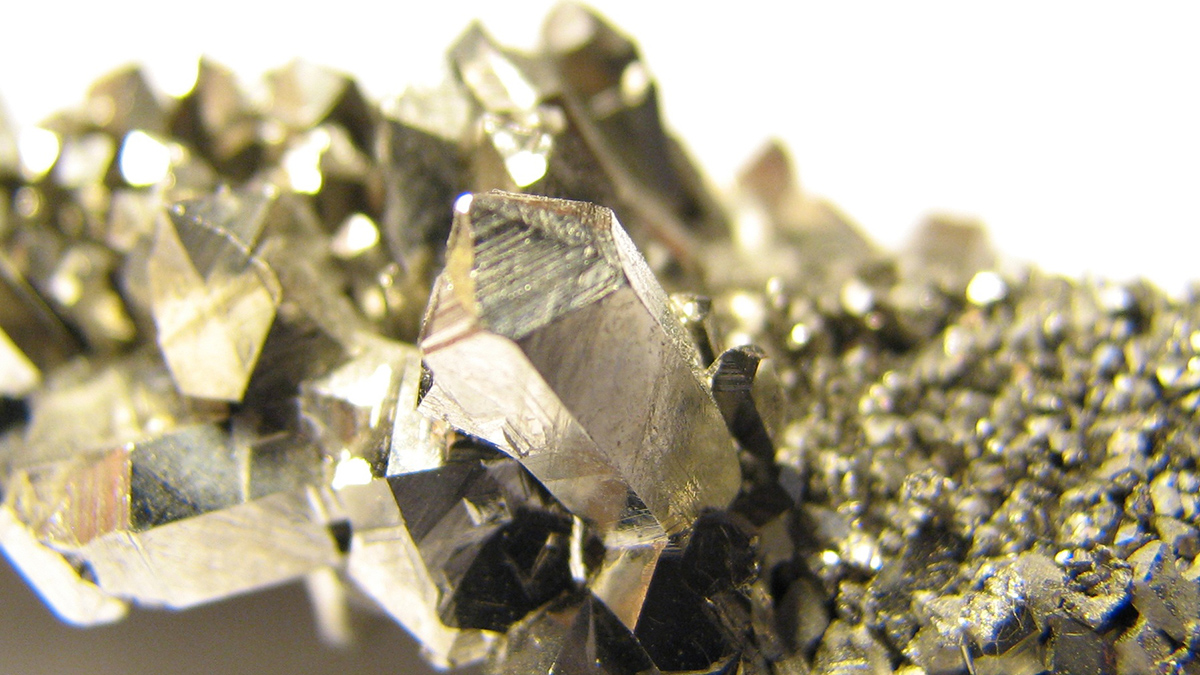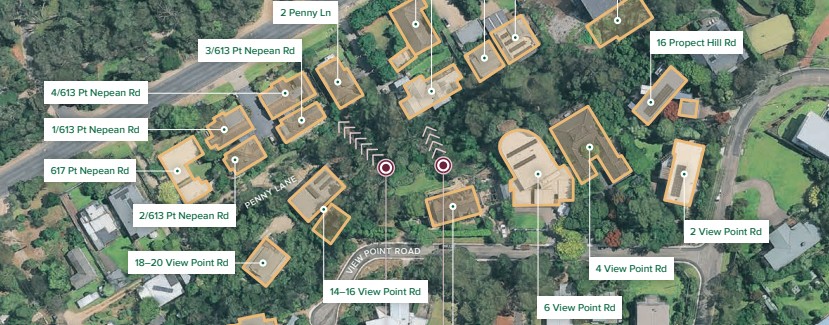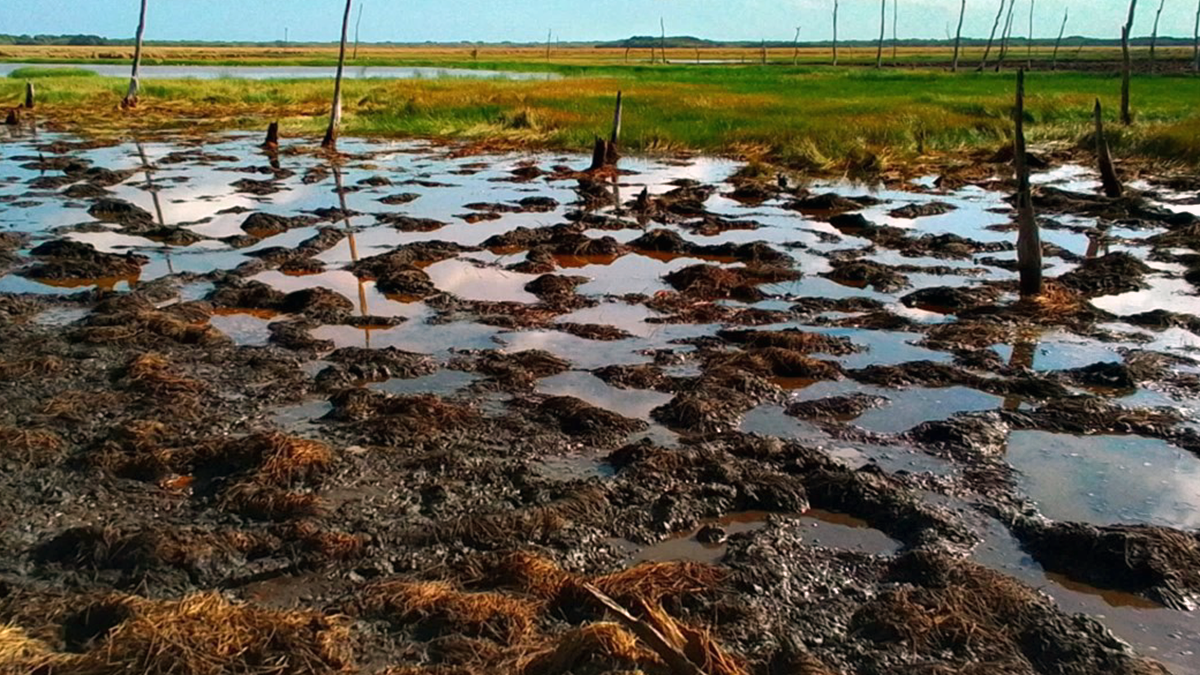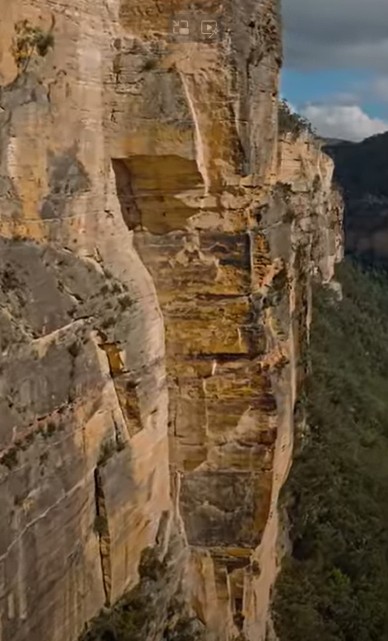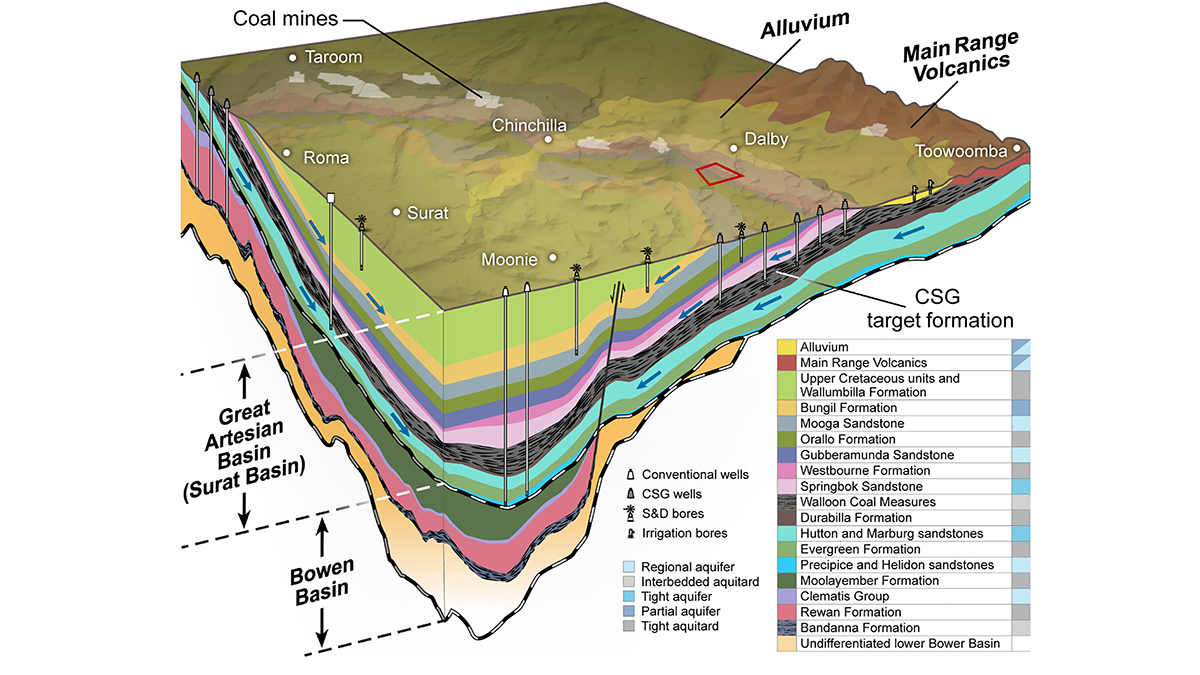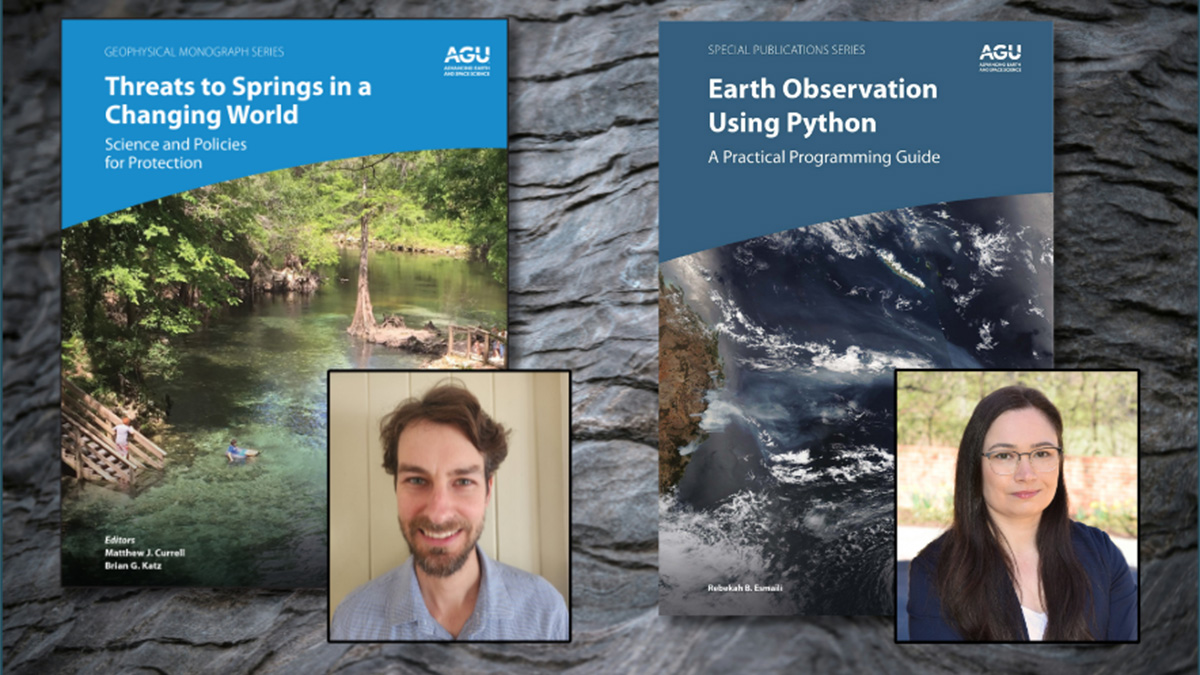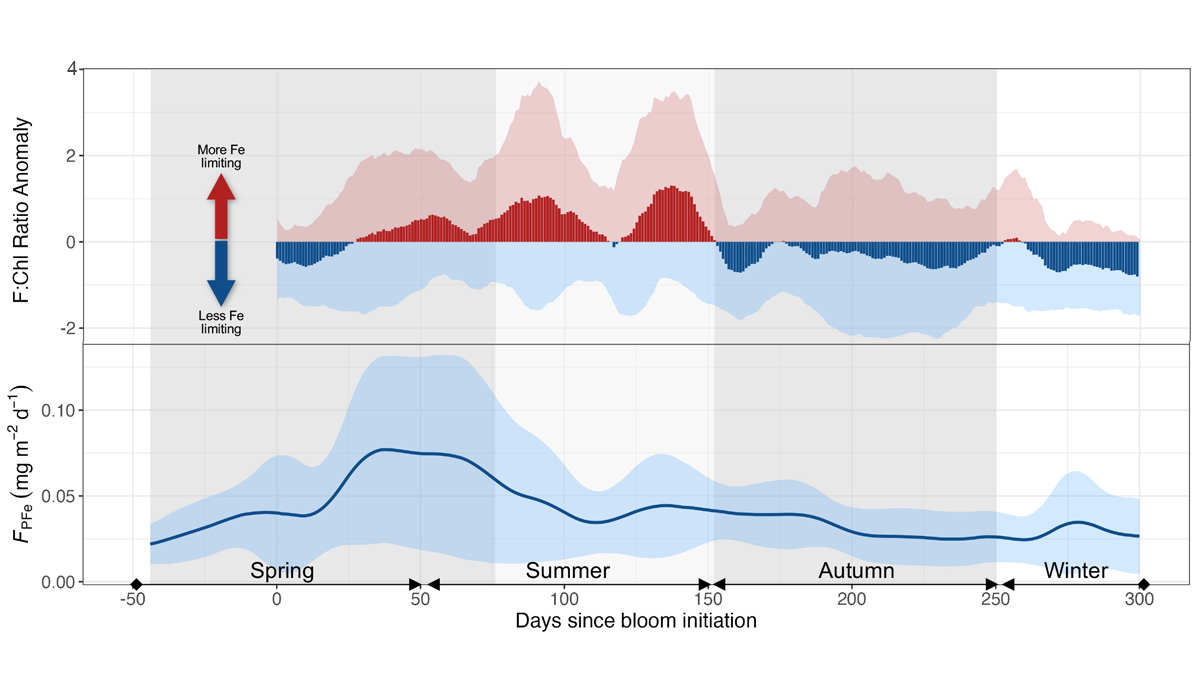Counting drips in caves is helping to reveal how much precipitation is needed to start refilling underground aquifers.
Australia
To Find Critical Minerals, Look to Plate Tectonics
A study of “weird” Australian rocks suggests stores of niobium rose to the surface during the breakup of the supercontinent Rodinia.
The report of the Board of Inquiry into the 14 January 2025 McCrae Landslide
The tribunal has concluded that a major leak in a water main, which released 40 million liters of water, triggered the failure On 14 January 2025, the McCrae landslide occurred on the Mornington Peninsula in Australia. The site is located at [-38.34631, 144.93500]. I posted about this event at the time, noting that local residents had […]
Where the Pigs and Buffalo Roam, the Wetlands They do Bemoan
A novel fenced enclosure study demonstrates the heavy toll that invasive ungulates have on greenhouse gas emissions from coastal wetlands on Indigenous lands in Australia.
The 1-2 August 2025 Carne Wall landslide in the Blue Mountains of Australia
The 200,000 cubic metre collapse of a rock pillar has destroyed two extremely challenging climbing routes. At a time when there is a great deal going on in the landslide world, another really interesting event has almost passed me by. Thanks to loyal reader Scott for highlighting another remarkable event. Overnight on 1 – 2 […]
Tracking the Sinking Ground from Coal Seam Gas Extraction
A new model shows how coal seam gas extraction causes land to sink by linking groundwater loss and coal shrinkage, helping predict impacts on farming in gas-producing areas.
Early-Career Book Publishing: Growing Roots as Scholars
In the 1st installment of 3 career-focused articles, scientists who completed books as early-career researchers reflect on the positive outcomes the experience had on their professional development.
Seasonal Iron Cycle and Production in the Subantarctic Southern Ocean
Long-term monitoring at a site in the subantarctic region south of Australia combined with ship-based observations reveals three distinct phases between cycles of phytoplankton productivity and dissolved iron.
Why the Southern Alps Turned Red During the Summer of 2019-2020
Snow on the Southern Alps turned from white to red in 2019-2020. New geochemical evidence points to the color change resulting from red Australian desert dust carried across the Tasman Sea.
Upwelling Near Fronts Initiate Offshore Phytoplankton Blooms
A new study finds that phytoplankton blooms, often seen near the separation point of western boundary currents, are supported by nutrient supply upwelling and cross-shelf transport.

